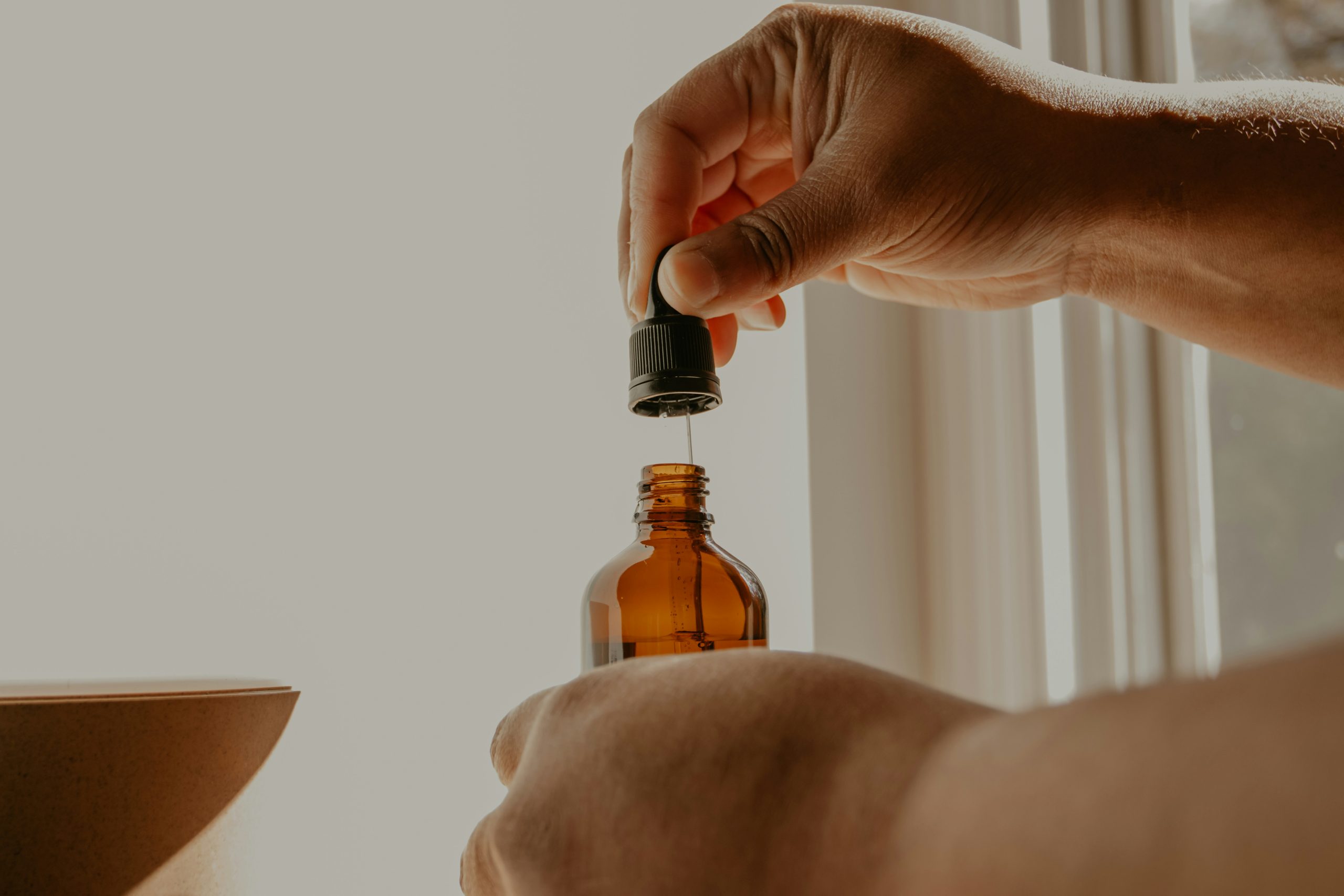If you’ve been chasing bigger lifts and even better workout results, you might be wondering how to speed up those gains without pushing yourself into exhaustion. The key may lie in hormone-optimized recovery methods. By focusing on how your body’s natural chemicals respond to training, rest, and daily habits, you can unlock faster muscle repair and a steadier path to progress.
Recognize the hormone advantage
Hormones act like traffic signals for your body, telling it when to build muscle, repair tissues, or conserve energy. Testosterone, for example, supports muscle growth and strength, while growth hormone helps rebuild muscle fibers and aids in recovery. If you overlook these natural allies, you could be missing out on a huge performance boost.
Quick hormone facts
- Testosterone peaks in the morning, so early workouts might suit your strength goals
- Elevated cortisol (the stress hormone) can slow muscle repair
- Growth hormone surges during deep sleep cycles
Optimize your sleep
Sleep isn’t just a break from the day. It’s the prime time when your body mends itself and ramps up hormone production. If you’re skimping on shut-eye, you’re likely undermining the very gains you’re working so hard to achieve.
Tips for deeper rest
- Aim for 7–9 hours of uninterrupted sleep
- Keep your bedroom cool and dim to promote relaxation
- Limit heavy meals or caffeine before bedtime
Fine-tune your nutrition
The food you eat affects not only your muscles but also how your body balances hormones. A balanced diet rich in protein, healthy fats, and complex carbs can help support hormone function and steady energy levels.
Key nutrient pointers
- Make sure each meal has a quality protein source (like lean meats or beans)
- Include good fats (avocado, nuts, eggs) to help with hormone production
- Eat a variety of fruits and vegetables for essential vitamins and minerals
Practice active recovery
Rest days don’t have to involve just sitting still. Gentle activity can spur blood flow, improving nutrient delivery and hormone circulation. Think of it as helping your body shuttle all the right materials to the right places.
Low-impact activities
- Yoga or stretching sessions
- Light swimming or slow-paced cycling
- Easy walks that keep the heart rate in a comfortable zone
Manage stress effectively
Chronic stress can flood your system with cortisol, a hormone that, when too high, can break down muscle tissue and hinder your progress. The goal is to keep cortisol balanced, not to eliminate it entirely.
Stress-busting ideas
- Take mini-breaks at work to breathe and reset your mind
- Try meditation for a few minutes each day
- Schedule some “phone-free” blocks of time to reduce mental overload
Wrap up your approach
You don’t need to overhaul your entire life overnight. Tweak one or two habits at a time, and watch how you feel and perform in the gym. The magic lies in allowing your body enough quality rest and the right conditions to produce the hormones that support muscle repair.
- Recognize how hormones guide growth
- Sleep enough to maximize healing and hormonal surges
- Fuel up with balanced meals that nourish both body and hormones
- Stay active on rest days to boost circulation and recovery
- Keep stress in check for a healthier hormone profile
By fine-tuning your lifestyle to focus on hormone-optimized recovery methods, you’ll likely see faster results, feel more energetic, and stay on track better than ever. Give these strategies a try, and see if your next workout surprises you with renewed strength and unstoppable momentum.

Leave a Reply